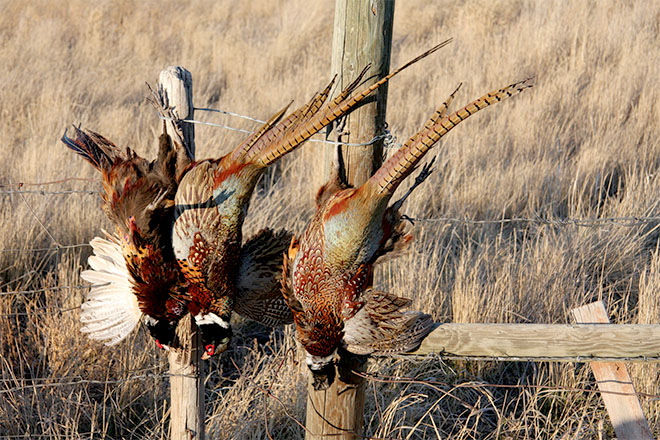By Casey Sill, Pheasants Forever and Quail Forever’s PR Specialist
Pheasants Forever and Quail Forever are in the process of filling two Montana-based survey and public access specialist positions that will serve a dual function in partnership with the Bureau of Land Management (BLM) and other conservation organizations.
The first priority of these positions will be to build a relationship with landowners regarding public access challenges and opportunities in the area. The desired outcome of those relationships will be opening up land-locked pieces of public property. They’ll also conduct avian and ecological surveys, focusing on sage grouse and sagebrush habitat in the region.
Sagebrush habitat, like so many other types of grasslands, is in decline nationwide. Sagebrush ecosystems once encompassed up to 150 million acres — nearly half of the American West. Pheasants Forever and Quail Forever western regional director Al Eiden said the surveys will help paint a clear picture of how healthy the remaining habitat is.
“They’ll collect information to monitor wildlife population trends and range and habitat conditions which will help our partners make informed decisions related to any future management, of sage grouse primarily,” he said. “But also, all sagebrush dependent species.”

The surveys will be conducted primarily on BLM land and the data collected will be sent directly to BLM, who will make it available to other partner agencies that might need it.
Projected habitat loss puts over 350 species of plants and animals at risk in sagebrush ecosystems, including the greater sage grouse.
Sage grouse populations have declined over 80 percent since the mid 1960s, and over 40 percent since 2002, according to the U.S. Geological Service. Protecting remaining sage grouse habitat is a focus of Pheasants Forever and Quail Forever’s national “Call of the Uplands” campaign, which hopes to preserve, restore or enhance 9 million acres of upland habitat nationwide — including 2.4 million acres in western landscapes.
“Call of the Uplands” will lean heavily on a partnership with private landowners to help protect critical habitat. These new positions will function in much the same way, building relationships with ranchers and other landowners to help open pieces of public property that aren’t currently accessible.
“The primary role (of these positions), whether it’s for surveying or securing recreational access, is getting to know private landowners who own properties adjacent to BLM land or other state or public lands,” Eiden said. “Once they foster that relationship, gaining access to those lands to conduct biological surveys or beginning discussions about opportunities for future access into land-locked public property is a critical step.”
OnX Hunt and the Theodore Roosevelt Conservation Partnership have combined on a project to discover land-locked public property nationwide and have identified over 16 million acres across the U.S. that are currently inaccessible. In Montana alone, there are 1.56 million land-locked acres owned by state agencies, and 1.52 million federally owned acres.
There are numerous programs available to assist landowners in opening up this land.
“Once our staff is engrained in the community and with the landowners and lessees, the people in these positions will be looking at all of the available options get the landowner enrolled in some kind of program,” Eiden said. “It could be a Montana Fish, Wildlife and Parks initiative, a BLM program, partnering with other conservation organizations, the purchase of a property or an easement that allows people to cross private land. Whatever it is, they’re going to work with that landowner to get them in the appropriate place to help them manage the recreational use of their property.”
Local Pheasants Forever and Quail Forever chapters can also help assist in maintaining these relationships and conserving sagebrush habitat. “Our chapters believe public access is important, so our staff will work with our local members to get some volunteer efforts in place to help out landowners, or potentially develop our own Pheasants Forever programs, possibly an adopt-a-ranch type agreement,” Eiden said. “Ultimately, the responsibility of these staff members will be to know what programs are available and which other partners are interested in securing public access.”